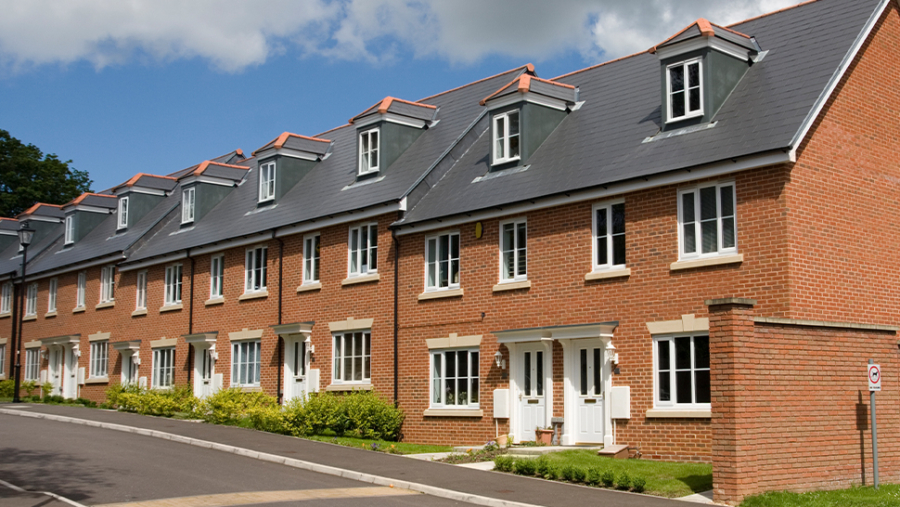
CIL social housing relief: can you claim relief for additional affordable dwellings?
3 November 2021

A recent case in the Planning Court has highlighted the potential CIL pitfall for developers, especially providers of social housing, who wish to increase the level of affordable housing in a development above that required in the section 106 agreement.
The claimant in Stonewater (2) Ltd v Wealden District Council [2021] EWHC 2750 (Admin) is a leading provider of social housing in the UK. They regularly acquire sites which are subject to a section 106 agreement that secure a low or policy-compliant level (35%) of affordable housing with a view to increasing delivery to 100%. They are not alone in doing so, with grants from Homes England based on the principle that registered social housing providers supply additional affordable housing over and above the levels secured in the section 106 agreements.
Stonewater acquired a residential development scheme of 169 houses in Hailsham where the planning permission and section 106 agreement only permitted 35% of the dwellings as affordable housing. They intended for all the dwellings to be affordable and applied for social housing relief from CIL liability. The council was not satisfied that 100% of the dwellings (which were yet to commence construction) were affordable housing and refused the relief. The effect of the council’s decision was to make Stonewater liable for a levy in excess of £3m which, it is said, renders the development scheme unviable.
Social housing relief
Eligibility for social housing relief is dependent on there being ‘qualifying dwellings’ in the chargeable development as defined in Regulation 49 of the Community Infrastructure Levy (CIL) Regulations 2010. A “qualifying dwelling” is a dwelling which satisfies at least one of six conditions contained in Regulation 49(3) – (7B). Stonewater’s application relied on the second and third conditions, contained in Regulation 49(4) – (6): this was not contentious, except for the issue of the level of affordable housing as controlled in the section 106 agreement and further discussed below.
A person wishing to benefit from social housing relief for CIL must submit a claim for relief to the council in accordance with Regulation 51 before commencement of the chargeable development.
Section 106 Agreement
The section 106 agreement in question required that “the total number of Affordable Housing Units to be constructed on the Property…shall comprise 35% of the Dwellings within the Phase (which shall be rounded up to the nearest whole Unit)”. The council’s contention accepted by the court was that any affordable housing over and above 35% would be a breach of the agreement. Moreover, there was no legal obligation on Stonewater to provide the additional affordable housing.
It is worth noting that the council had offered to vary the section agreement to 100% affordable housing but Stonewater declined, arguing that it was unnecessary for the purposes of benefiting from CIL social housing relief.
In dismissing the claim, Thornton J found that it was entirely rational and unsurprising that the council was not satisfied that sufficient “evidence” had been provided in support of the application for CIL social housing relief. Specifically, that the council could not be satisfied that the dwellings would be qualifying dwellings where it had received no submissions in favour of it exercising its planning judgment to permit more affordable housing. It was therefore not satisfied that it should do so. Without such approval, a scheme of 100% affordable housing could not lawfully commence. In those circumstances, the council could not be satisfied that all the dwellings would be qualifying dwellings to justify the full relief claimed.
Thornton J clarified that the council’s decision is not based on the proposition that, as a matter of law, all applications for social housing relief must be accompanied by a legal obligation to carry out the proposed scheme. However, due to the terms of the section 106 agreement, the conditions could only be satisfied if the council first exercised some separate and freestanding discretion to vary the section 106 or enter into a fresh agreement.
Lesson: If a developer, such as a provider of social housing, wishes to benefit on an existing planning permission from the social housing relief for CIL over and above the level of affordable housing secured in the section 106 agreement, the provisions in such agreements must first be carefully considered. If the provisions are not drafted to allow affordable housing at a higher level than specified, the agreement will need to be varied.
Additionally, noting the above issues, it is worth considering when entering into new section 106 agreements at the planning permission stage whether the affordable housing provisions should be drafted with flexibility for higher than required affordable housing levels. This would help avoid the need for a variation later.










